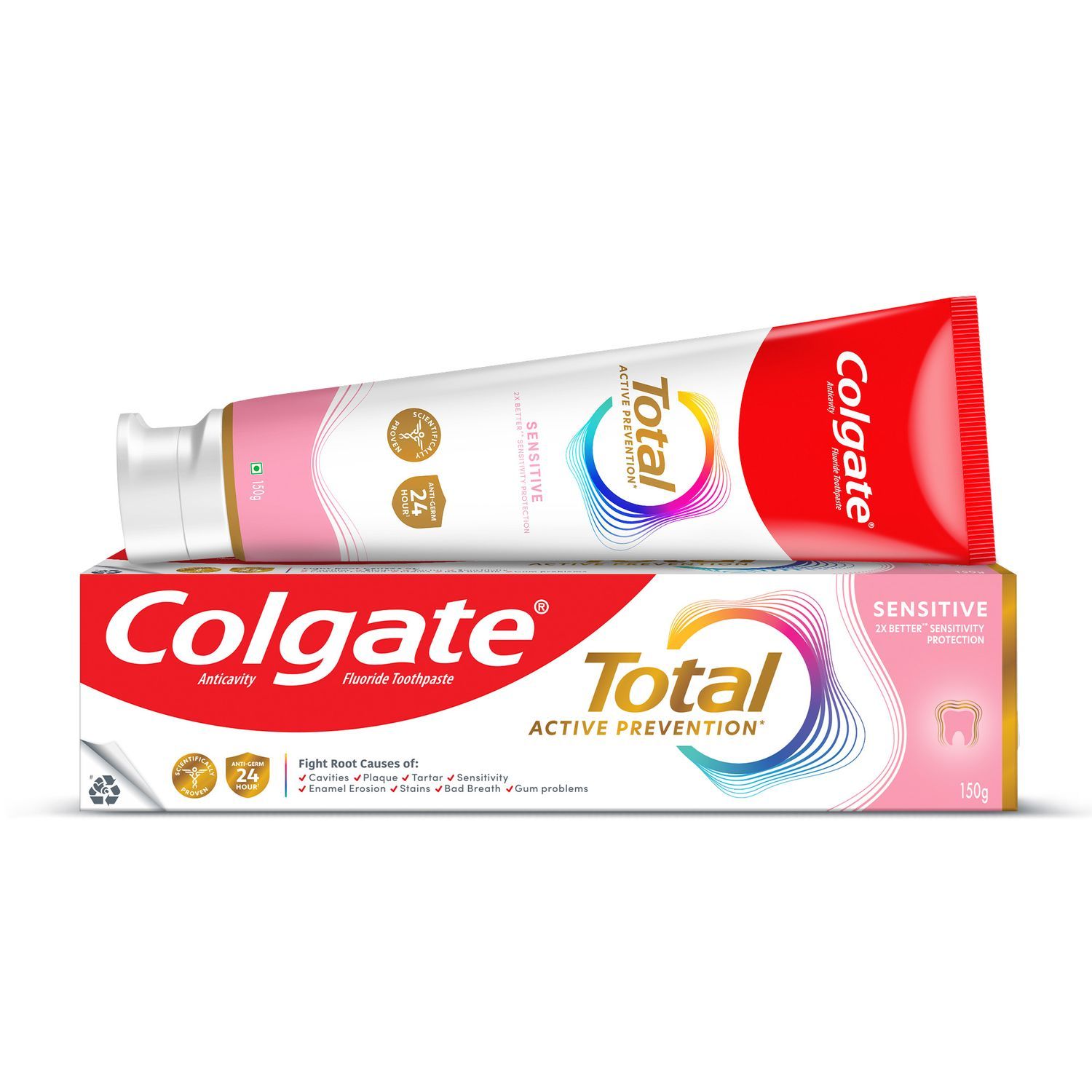Chlorhexidine Gluconate Oral Rinse: Generic vs. Brand Name
Chlorhexidine gluconate 0.12 percent is the generic name for an oral rinse that has the ability to reduce the amount of bacteria in your mouth. However, there are easier-to-pronounce brands available that offer germ protection against plaque and germs and yet does not contain Chlorhexidine gluconate.
Symptoms of Gingivitis
Red, swollen or bleeding gums, along with unpleasant breath are signs of gingivitis. The earliest stage of gum disease begins when bacterial plaque, which constantly forms a sticky film on the teeth, if not fully cleaned off.
When you leave plaque along the gumline, your gum tissue soon becomes irritated and inflamed. However, the good news is that gingivitis is reversible, according to the Indian Dental Association.
Gingivitis Treatment
Any symptom of gingivitis is a warning sign that you need to up your game. The best way to tackle and reverse this condition is with a meticulous home-care routine.
Make sure to brush twice a day with fluoride toothpaste, which helps maintain a dentist-clean feeling with advanced-cleaning silica similar to what dentists use. You should also brush carefully around the gumline, where bacteria love to hide. And if your toothbrush is showing signs of wear – throw it out and get a new one. Old toothbrushes harbor bacteria and don't clean as well. Flossing daily is also essential to clean fo od and bacterial plaque from between your teeth.
If you are still dealing with bleeding gums or bad breath problems, seeing your dentist for a professional cleaning may be necessary to reverse the disease process. If your gums do not respond as well as your dentist would like or if you have a medical condition like diabetes that interferes with healing, he or she may give you a prescription for chlorhexidine gluconate oral rinse to use as a part of your home-care regiment.
Why Use Chlorhexidine Gluconate Oral Rinse?
Rinsing as directed with a chlorhexidine gluconate rinse reduces the amount of harmful bacteria and plaque in your mouth – giving your gum tissue a chance to heal and return to its normal, healthy state.
While this is a safe and effective medication for treating gingivitis, there are some contraindications, such as sensitivity to chlorhexidine gluconate or to any of the other ingredients in the rinse and fixed drug reactions after the use of chlorhexidine in the form of mouthwash have also been documented by scholars at the Department of Prosthodontics. Also, this rinse is not approved for nor should it be given to children under 18, and you should never share this rinse with other family members without your dentist's advice. While another person may be dealing with gum disease, it may not be the same kind you have. And always, tell your dentist if you are pregnant or breastfeeding before beginning using this rinse.
Side Effects of Chlorhexidine Gluconate Oral Rinse
As with any medication, you should carefully follow your dentist's instructions on how and when to use a chlorhexidine gluconate rinse. And, if any adverse side effects occur, let your dentist know right away. Staining of your teeth, tongue and existing fillings in your mouth, is fairly common. While this stain can be easily cleaned from tooth enamel during a dental cleaning, if you have a lot of anterior, white fillings, your dentist may not want you to use his type of antimicrobial rinse. In addition, there can be an increase in tartar formation, and on occasion, changes in taste perception.
There is no doubt about it; the best way to prevent gum disease is with good home-care and regular dental visits. But if you happen to have a stubborn case of gingivitis, a chlorhexidine gluconate oral rinse may be just what your dentist orders to get your gums back to pink again.
This article is intended to promote understanding of and knowledge about general oral health topics. It is not intended to be a substitute for professional advice, diagnosis or treatment. Always seek the advice of your dentist or other qualified healthcare provider with any questions you may have regarding a medical condition or treatment.
ORAL HEALTH QUIZ
What's behind your smile?
Take our Oral Health assessment to get the most from your oral care routine
ORAL HEALTH QUIZ
What's behind your smile?
Take our Oral Health assessment to get the most from your oral care routine













